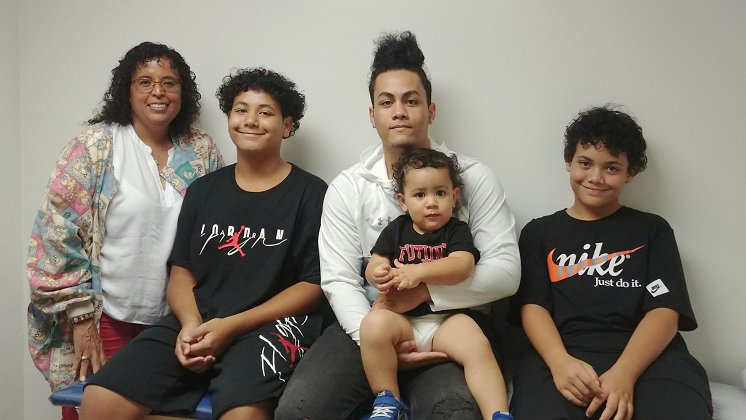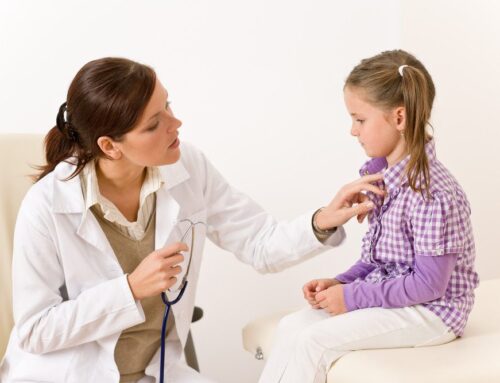Temperatures are already climbing as summer approaches Phoenix, and even winter days can bring intense heat. Whether you’re visiting a water park in Phoenix or escaping the heat on vacation, it’s time to be extra mindful of heat stroke.
Signs of Heat Exhaustion
Kids have a tendency of playing until they drop, and aren’t likely to notice what’s going on with their own bodies. You’re going to have to help them out by reminding them to drink if they feel thirsty, experience cramps, get sweaty or flushed, or develop a headache. All of these are symptoms of heat exhaustion, which can escalate into potentially deadly heat stroke. More severe symptoms include fainting, nausea and vomiting and fever.
Ideally, you want to avoid heat exhaustion to begin with. If you do notice any of these symptoms or your child complains of them, get them indoors or into the shade. Have them drink water or a sports drink slowly, take off outer layers of clothing and put a cool, wet cloth on their skin.
Signs of a Medical Emergency
Heatstroke is a medical emergency in which the patient can no longer regulate his or her body temperature, resulting in a dangerously high fever. Symptoms of heatstroke are similar to those of heat exhaustion, but more severe. Call for help, get your child out of the sun, apply cool water to the skin and only give them water to drink if they are conscious and alert. They may need intravenous fluids if they can’t keep water down.
Never Leave Children In A Hot Car
Even if you park in the shade, crack the windows and just intend to run in and out of the store quickly, leaving your child in the car is a recipe for tragedy. Temperatures in the 80s can escalate to deadly levels of 130 degrees or higher in just 10 minutes. Here in Arizona, where the outside temperatures already exceed 110 degrees in the summer, it takes only a few minutes.
Hydrate, Hydrate, Hydrate
We really can’t overstate the importance of hydrating. Drink water at the start of the day, even before activities really begin. Keep water bottles handy, and consider freezing them in advance if you’re going to be out all day (just remember that water expands when it freezes, so leave a little space in the container). Have your kids drink a serving of water before they are allowed to drink juice, sports drinks or soda. You can teach your potty trainers to recognize signs of dehydration in urine: stinky and yellow means you need more water, while clear means you’re doing a good job keeping fluid levels up.
Don’t forget to protect infants and children from the sun, even on cloudy days and in colder climates.





